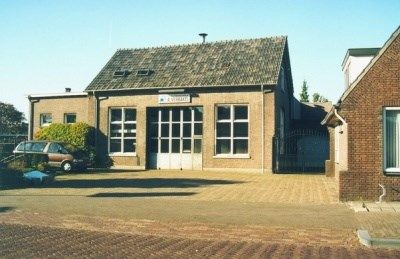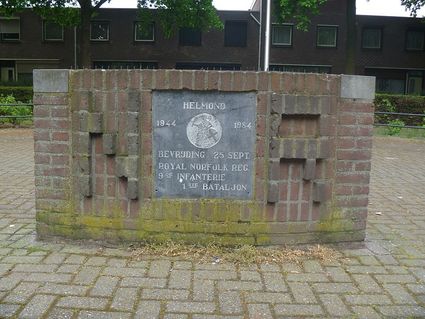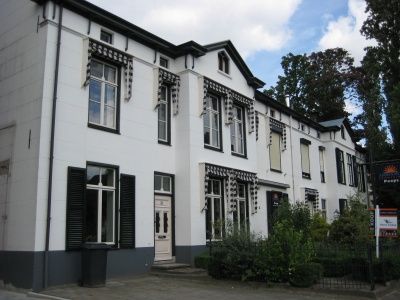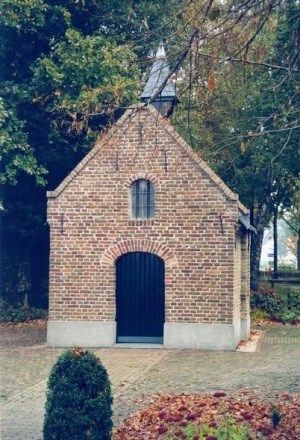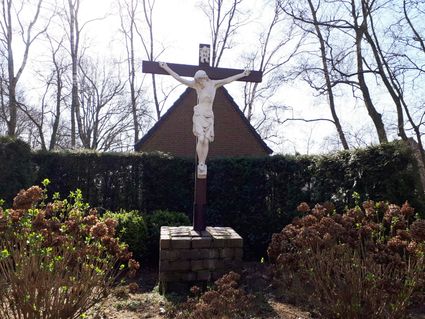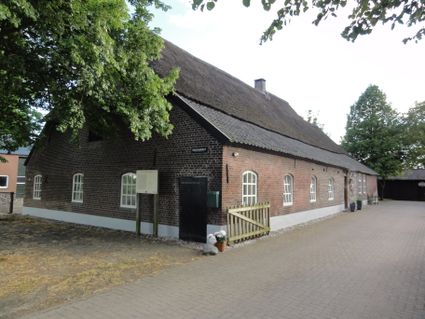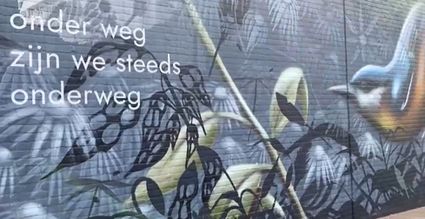Boerderij 'de Rips'
Neem contact op
De Rips. This is the oldest farmhouse in De Rips. A striking feature of the building is its uneven gutter height, which is lower on the right than on the left.
This farmhouse is the first seed of the reclaimed village of De Rips. It was built in 1875. The empty moorland of De Rips was then sold by the municipality of Helmond to the large landowner Hermanus Huyskes from Hedel in the river area. He had this farmhouse built, although he never lived there himself. It was run as a sheep farm by a company observer. When the farm was established, 100 sheep had been purchased in addition to two horses, two cows, a pig and a dozen chickens.
It is a very austere far…
De Rips. This is the oldest farmhouse in De Rips. A striking feature of the building is its uneven gutter height, which is lower on the right than on the left.
This farmhouse is the first seed of the reclaimed village of De Rips. It was built in 1875. The empty moorland of De Rips was then sold by the municipality of Helmond to the large landowner Hermanus Huyskes from Hedel in the river area. He had this farmhouse built, although he never lived there himself. It was run as a sheep farm by a company observer. When the farm was established, 100 sheep had been purchased in addition to two horses, two cows, a pig and a dozen chickens.
It is a very austere farmhouse, not quite a long-gabled farmhouse, but with characteristics of one. Originally, the plot also contained a sheepfold, which was converted into a dwelling before 1883. This was because the sheep farm did not run well. In 1899, the entire 402-hectare plot and the two houses were handed over to the Dutch Heath Society. At the time, this was a large reclamation company that reclaimed wasteland all over the Netherlands in the great reclamation rounds of the late 19th early 20th century, here in the Peel often for forestry. There was already reclamation in the nearby Stippelberg, now a large forest. De Rips became a company farm for De Nederlandse Heidemaatschappij and the village of De Rips developed as a home base for its workers. The name derives from De Ripse paal, one of the border posts between the old municipalities of Bakel and Gemert.
Sources:
S. Hoeymakers, Houtvesterij De Peel, 1986, Heemkundekring De Kommanderij, Gemert
H. Braks, P. van Delft, 75 years Rips: 1921-1996, 1996, Drukkerij De Vrije, Oploo

